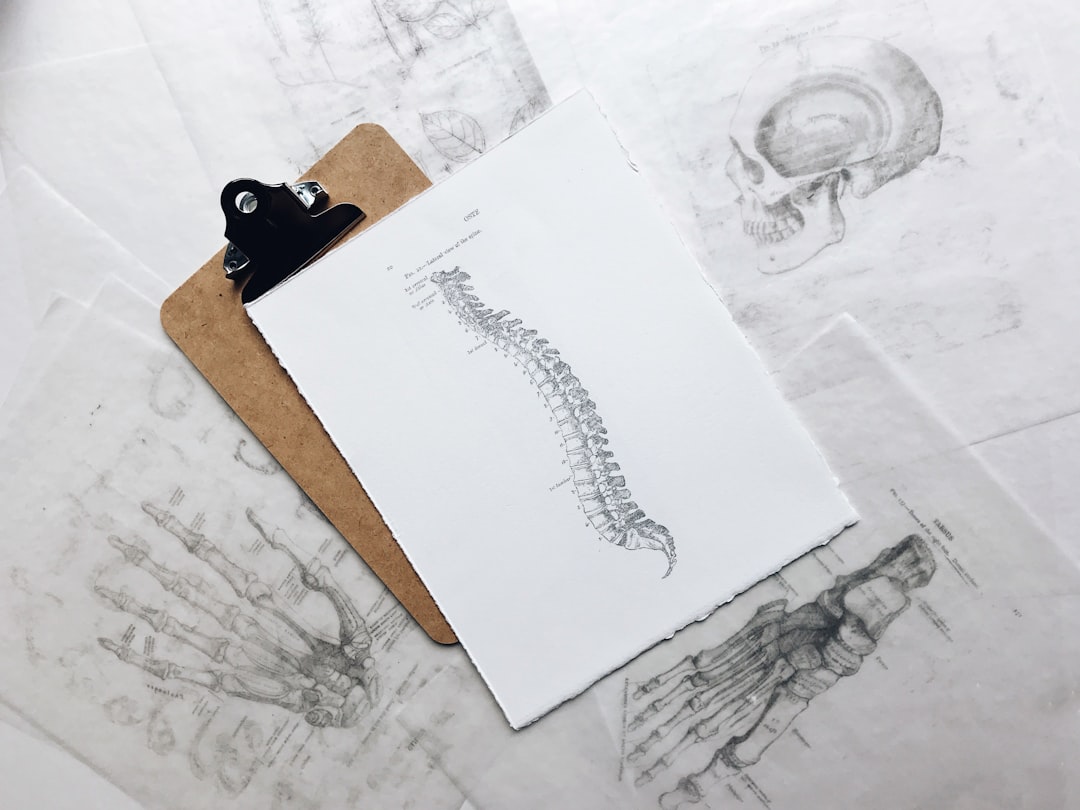What is it about?
Although the concept of equivalence for drugs (generics) and biologics (biosimilars) has been readily adopted, the concept of equivalence or indistinguishable characteristics for class III medical devices has yet to be specifically addressed regarding a defined regulatory approval process in the US. In September 2015, GenVisc 850® (sodium hyaluronate), a hyaluronic acid approved for the treatment of knee osteoarthritis, was approved by the US Food and Drug Administration (FDA) based upon indistinguishable characteristics in comparison to an approved branded hyaluronic acid (Supartz®/Supartz FX™). The purpose of this paper is to review the methodology and report the main outcomes used to demonstrate clinical comparability of GenVisc 850 with Supartz/Supartz FX. The FDA approval was collectively attained using prospectively defined methods for preclinical, physical, and chemical testing, as well as noninferiority in clinical performance comparisons. Evidence from five randomized controlled studies of Supartz/Supartz FX vs saline control injections (used for Supartz approval), two randomized controlled trials of GenVisc 850 vs saline control injections, and one randomized controlled study of GenVisc 850 vs Supartz/Supartz FX provided evidence of safety for GenVisc 850. Efficacy was further assessed based on assessment of the same Supartz studies and three prospectively identified GenVisc 850 studies. A Bayesian network meta-analysis was used to demonstrate that the clinical efficacy of GenVisc 850 was noninferior to Supartz/Supartz FX and superior to saline control. Overall, safety of GenVisc 850 was similar to that of Supartz/Supartz FX and saline control injections, while efficacy of GenVisc 850 was noninferior to that of Supartz/Supartz FX and superior to saline control injections.
Featured Image
Why is it important?
The first proposed methodology for demonstrating efficacy equivalence for a 'equivalent' class III medical device
Perspectives
The concept of equivalence for drugs (generics) and biologics (biosimilars) has been readily adopted, and is at the cornerstone of providing equivalent safe and efficacious drugs at lower costs. The principal of equivalency has also been adopted for class II medical devices through the 510k process whereby 'predicate' devices are cited as a measure of safety and efficacy in a clinical setting. However, the concept of equivalence or indistinguishable characteristics for class III medical devices has yet to be specifically addressed that would help define a regulatory approval process in the US for these devices. This paper makes an attempt at providing one measure at establishing suitable standards.
Dr. Michael J Daley
OrthogenRx, Inc.
Read the Original
This page is a summary of: A method for establishing class III medical device equivalence: sodium hyaluronate (GenVisc 850) for the treatment of knee osteoarthritis, Medical Devices Evidence and Research, July 2016, Dove Medical Press,
DOI: 10.2147/mder.s104327.
You can read the full text:
Resources
Contributors
The following have contributed to this page










